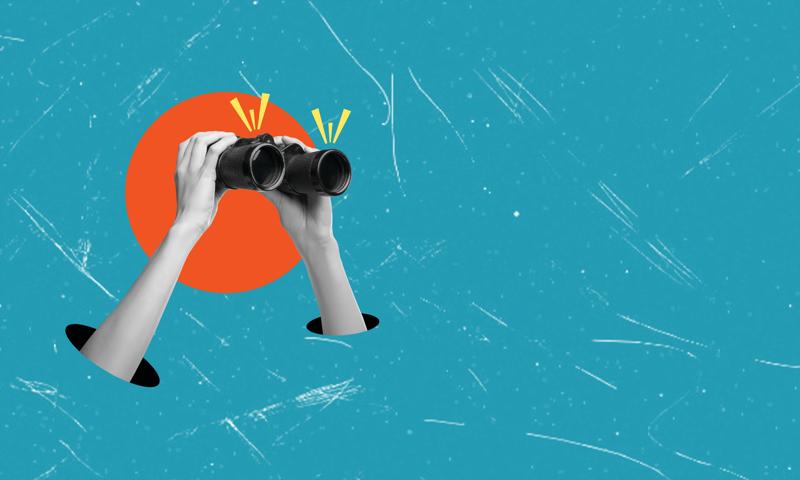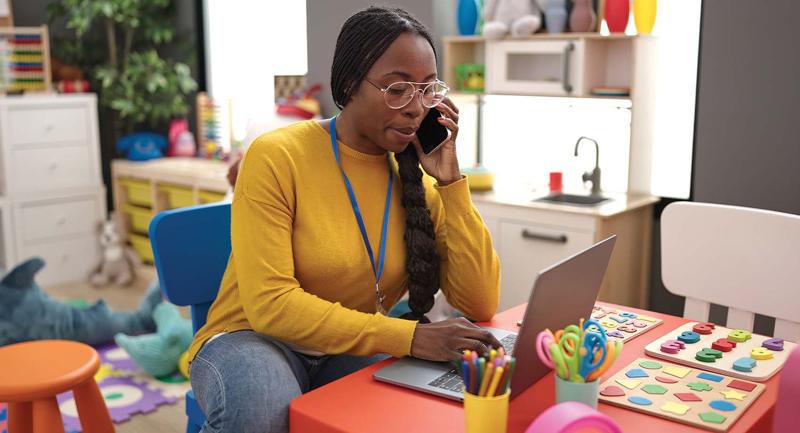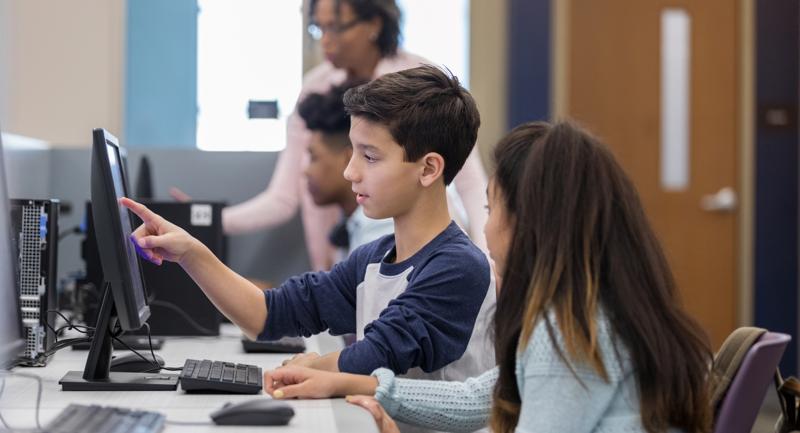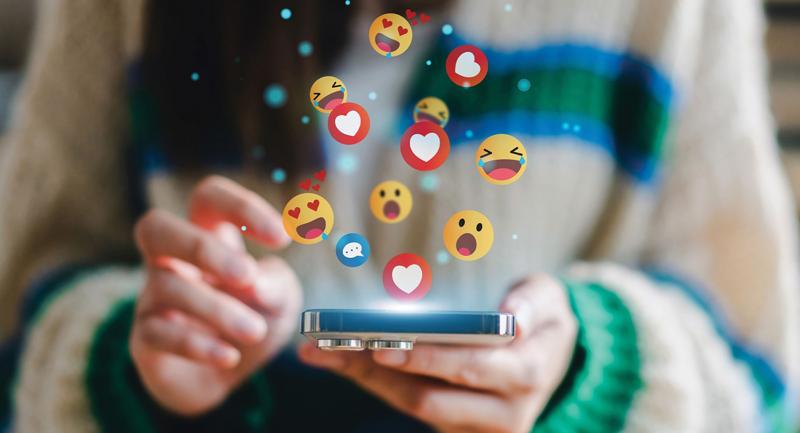Will U.S. schools as they are currently structured inevitably fail? Clayton Christensen, Curtis Johnson, and Michael Horn, authors of Disrupting Class: How Disruptive Innovation Will Change the Way the World Learns,believe so. Because schools have spent the last 100 years standardizing everything from instructional delivery to assessment, these authors argue, they are poorly prepared to address students' individual learning styles and interests.
Although schools have invested billions of dollars in digital upgrades, Christensen and his colleagues believe that little has changed inside most classrooms. Instead of innovating, most teachers use technology "to sustain their existing practices and pedagogies" (Kindle location 1,597–1,601). Christensen, Johnson, and Horn assert, "If the United States is serious about leaving no child behind, it cannot teach its students with standardized methods. … Schools need a new system" (Kindle location 842–846).
Moving beyond this overly standardized system in U.S. schools will require significant changes. For example, in the years to come, districts can encourage charter schools to experiment with new, less standardized approaches. They can embrace digital solutions—such as online courses and independent studies—to replace face-to-face courses cut during difficult budget times. In addition, tutoring companies will perfect their ability to deliver help to struggling kids digitally.
To help teachers cope with these changes, universities will need to redesign teacher preparation programs to emphasize how to differentiate instruction for students. State curriculum committees must redesign standards documents to make them more flexible, and policymakers must redesign teacher evaluation programs to reward innovative educators who create individualized learning environments for students.
As each change comes about—an inevitable process that Christensen, Johnson, and Horn believe will happen over the next decade—the work of the classroom teacher will change drastically. Instead of leading groups through standalone lessons, teachers will increasingly match individuals with learning solutions aligned with their interests and abilities. Content will be packaged and delivered asynchronously, allowing students to work independently and revisit lessons as needed. Face-to-face experiences will be combined with digital interactions; geographic boundaries between teachers and students—as well as between learners—will become increasingly irrelevant.
How to Prepare for the New Model
How can you prepare for this new instructional world? First, become an active digital learner yourself to experience the kind of personalized, self-directed learning schools will need to foster. Classroom 2.0, an online network for those interested in using Web 2.0 in education, and the Educator's Personal Learning Network, which connects teachers to resources for using social media in schools, conduct regular synchronous and asynchronous conversations about teaching and learning. The Classroom 2.0 site has a "beginner's group" to guide those newest to learning through digital applications.
Joining these conversations will give you firsthand experience with the benefits of customized learning. You'll identify attributes and behaviors that students—and teachers—will need to develop if we're to thrive in a world driven by individualized learning experiences. For example, you'll select learning opportunities based on an awareness of your own strengths and weaknesses and build networks of colearners and tap into their expertise. You'll see flexibility as a precursor to true learning. More important, you'll begin to experiment with the kinds of tools—such as discussion boards, videoconferencing applications, and screen-capturing software—that make individualized learning possible.
Then, take some steps to make customization in your classroom possible:
- Create screencasts. A screencast is a narrated "tour" you design of the instructive words or images the user sees on a computer screen; screencasts are a great format for online tutorials that students can refer to for remediation or enrichment. In my 6th grade language arts classroom, I use screencast tutorials to help students explore essential writing skills, with each tutorial focused on a particular characteristic of good writing. I record tutorials using free online applications like Screentoaster, then upload them to the Internet. I tailor instruction by directing individual students to specific screencasts that review skills they struggle with. (To see a screencast in action, check out a.)
- Get familiar with asynchronous tools like Voicethread that can help you facilitate ongoing online conversations among students about content they're studying in class. Some teachers create forums in which students give one another feedback about their work or wrestle with important ideas together. Such tools enable teachers to extend learning beyond the walls of their classrooms and steal the online attention of their students.
- Use synchronous digital tools like Skype—a free application that enables anyone with a Webcam to make long-distance phone calls and to see onscreen the person the caller is talking to—to create borderless learning experiences. Michael Kaechele, a technology teacher at Valleywood Middle School in Michigan, used Skype with technology integration specialist Silvia Tolisano and teachers at Martin J. Gottlieb Day School in Florida to break down common stereotypes. Michael's students, who were studying Judaism but living in a community with few Jewish residents, composed questions about the Jewish religion. Their Jewish peers in Florida answered (to learn more and see a video about the exchange, go here). The experience gave both groups the opportunity to connect, and connections build understanding.
By experimenting today with digital tools that make customized learning possible, you'll be better prepared for the changes that will define teaching tomorrow.








